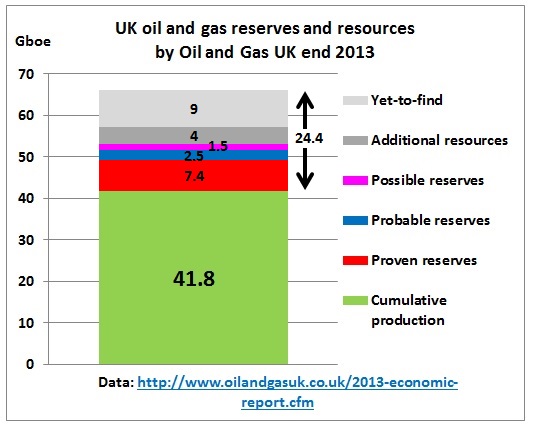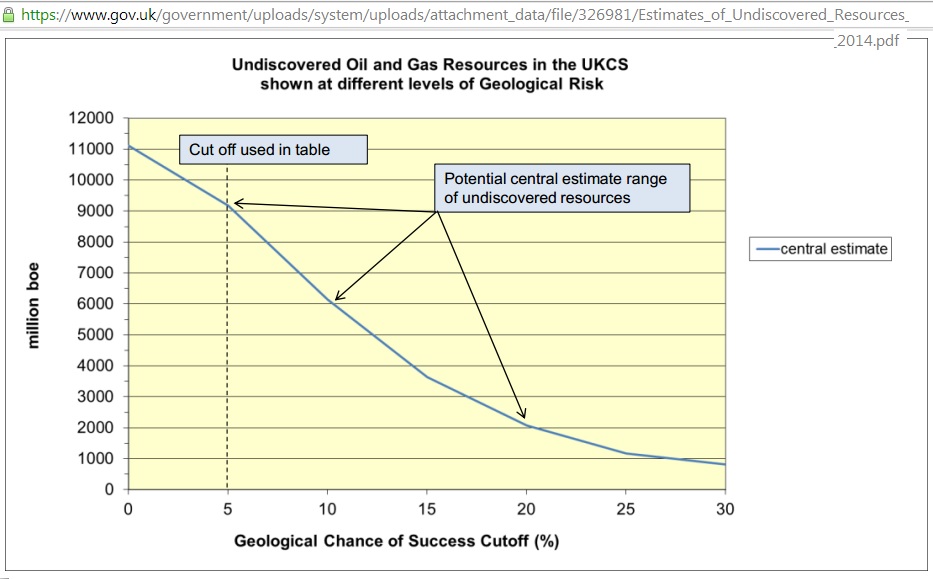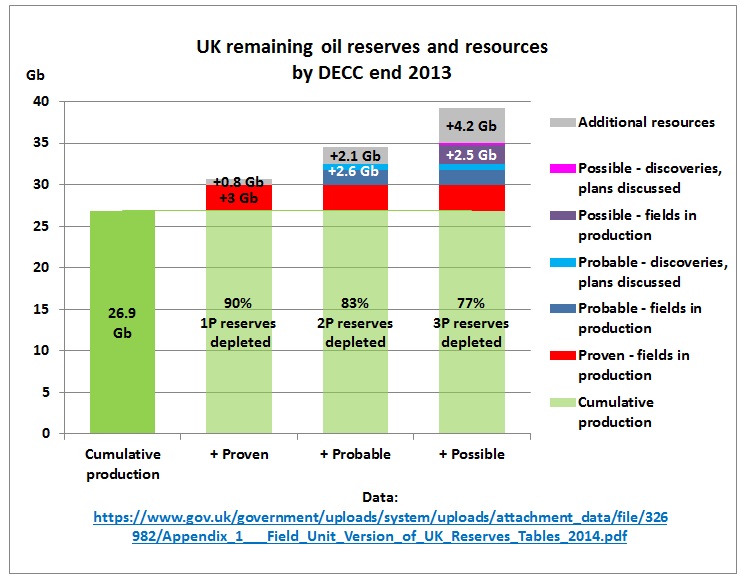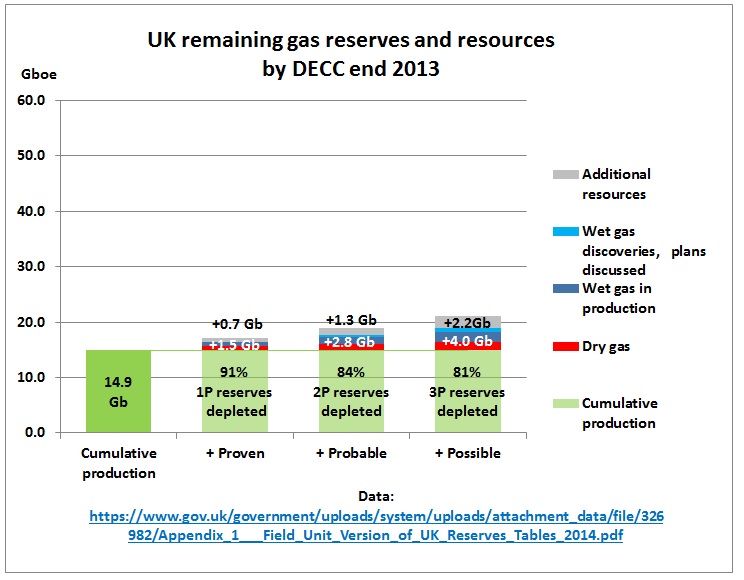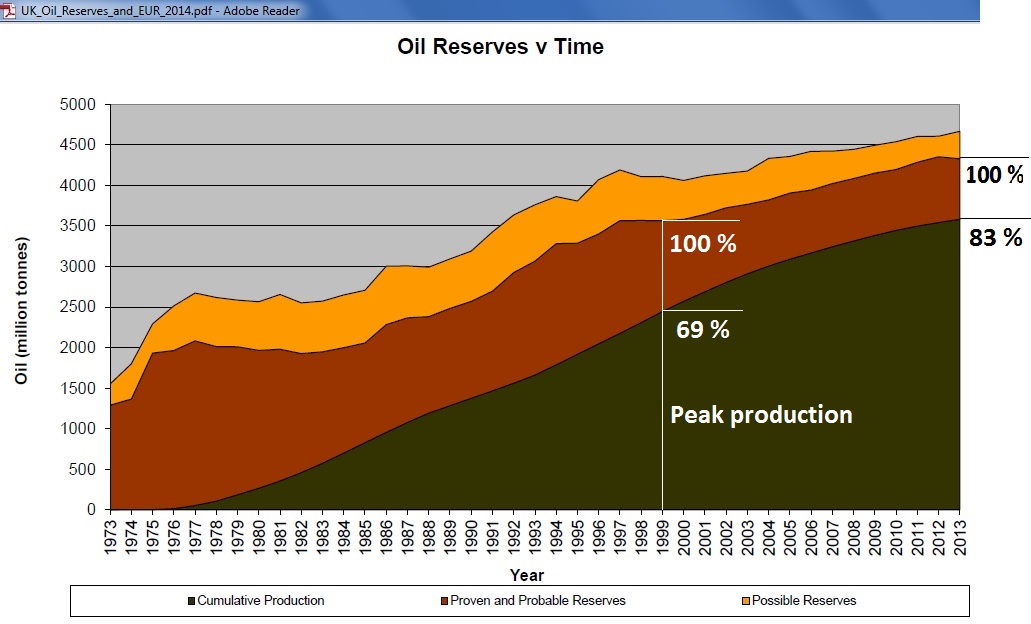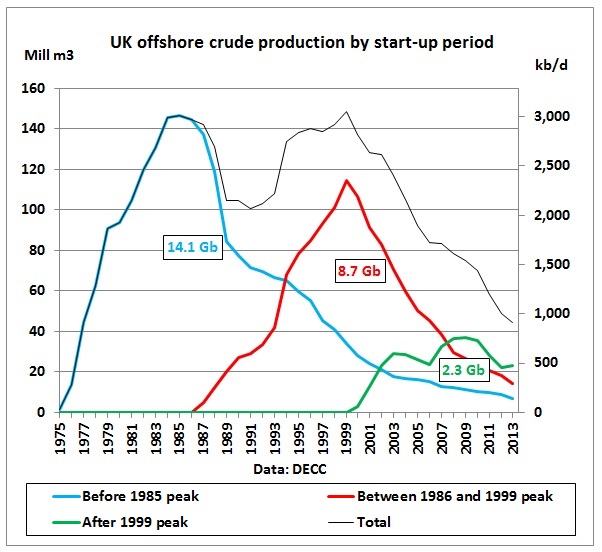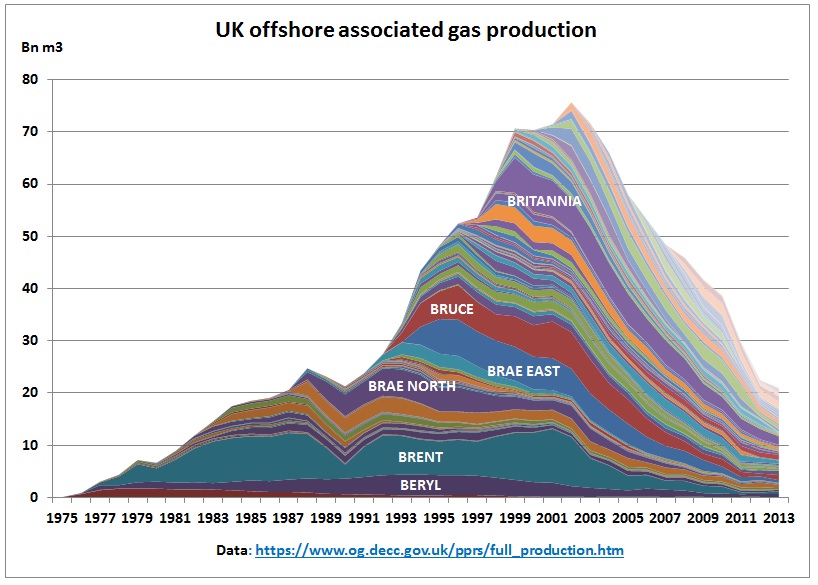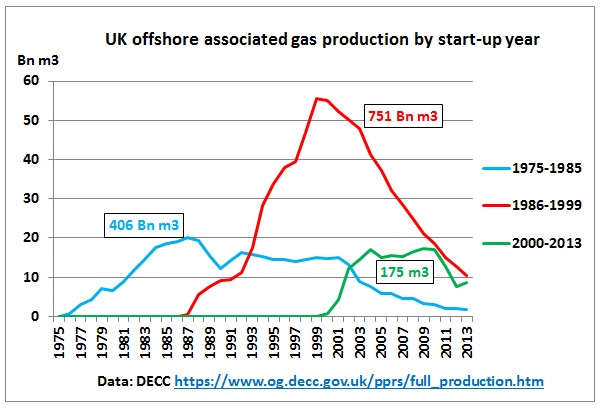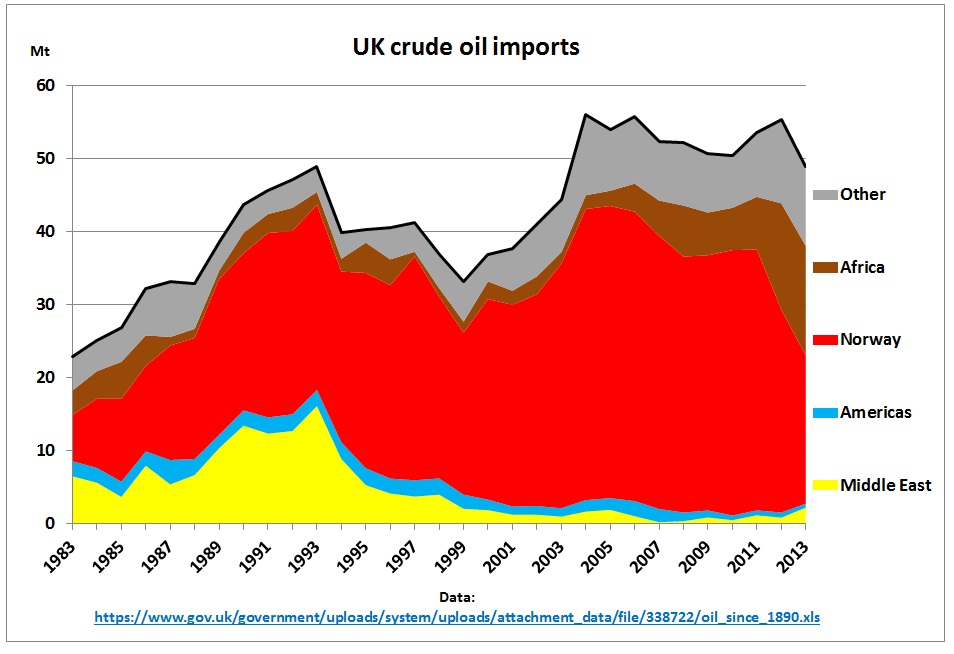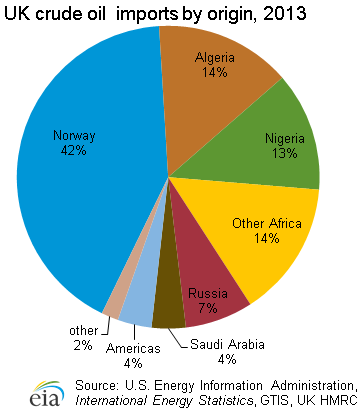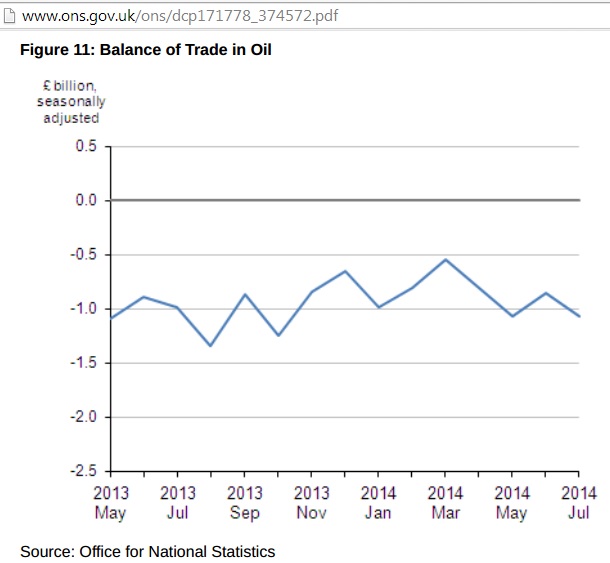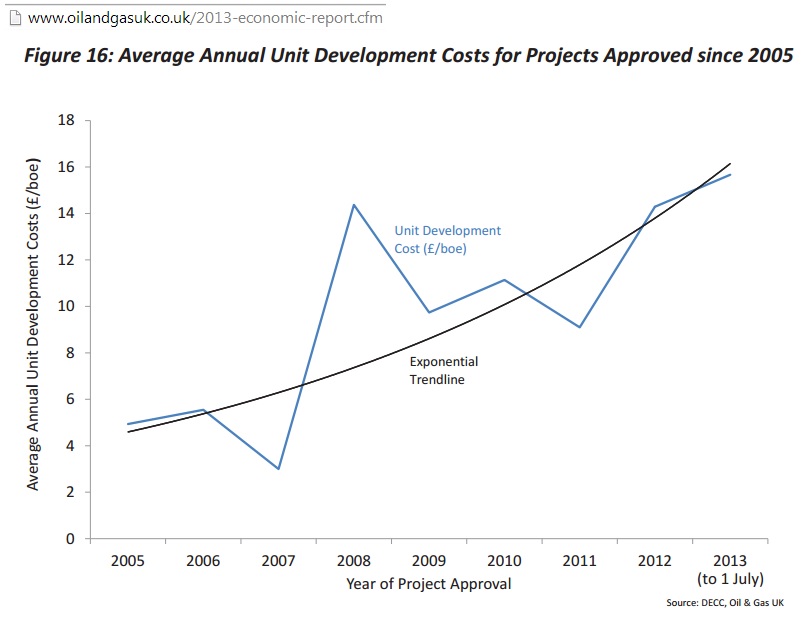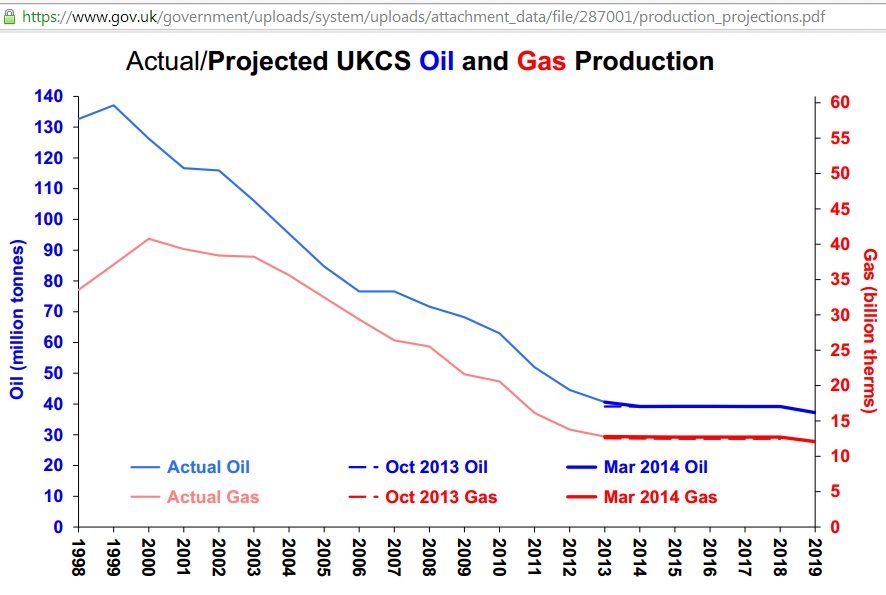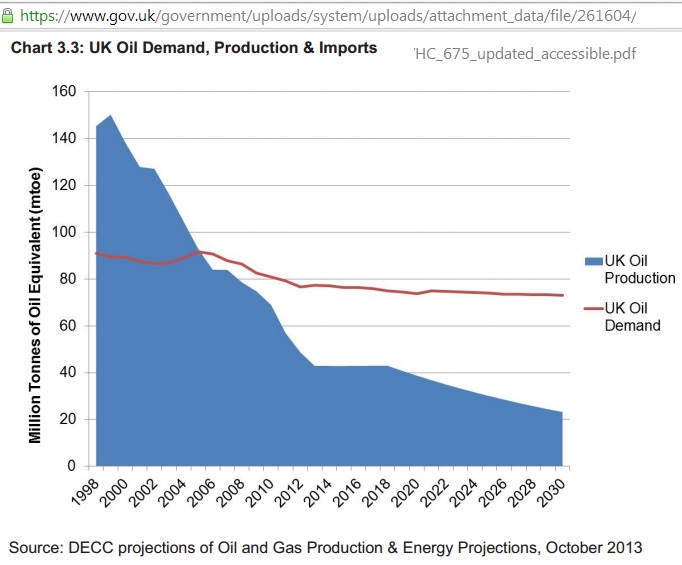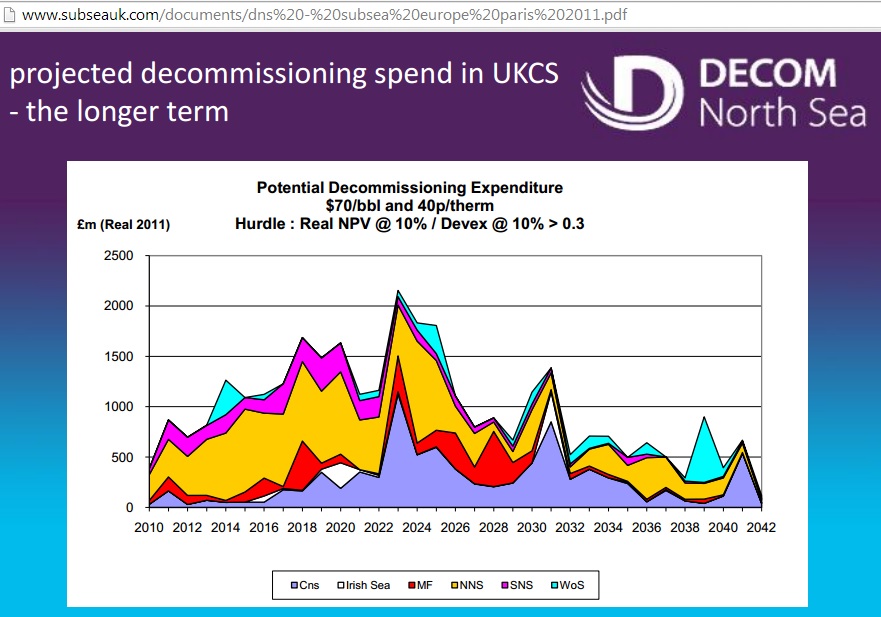The future of UK’s oil and gas sector was a key issue in the independence campaign. Promises were made by Prime Minister Cameron to give more powers to Scotland. Would that include how government revenue in the oil and gas sector is better used, e.g. in a Sovereign Oil Fund? Which infrastructure should be built with this fund?
(1) White Paper Scotland’s Future
The white paper Scotland’s Future writes (November 2013)
“Westminster governments have also failed to re-invest the proceeds of the North Sea to provide a long-term benefit to future generations. Stabilisation funds and sovereign wealth funds are common among oil and gas producing countries, with the UK being a notable exception” p 300
“Norway began transferring money into its oil fund in 1996. The fund is now worth £470 billion, equivalent to around £90,000 per person in Norway, and is the largest sovereign wealth fund in the world” p 382
http://www.scotland.gov.uk/Resource/0043/00439021.pdf
Fig1: Oil infrastructure around Scotland
http://www.scotland.gov.uk/Resource/0042/00428595.gif
(2) How much oil and gas is remaining in the UK?
The above white paper Scotland’s Future writes:
“Production is expected to extend beyond the middle of the century, with the industry estimating remaining reserves of up to 24 billion barrels of oil and gas that can still be recovered” (p 57)
and then
“It is estimated that there could be up to 24 billion barrels of recoverable oil and gas remaining in the North Sea with the potential for production to continue for decades to come” (p 88), based on Oil and Gas UK Economic Report 2013
http://www.scotland.gov.uk/Resource/0043/00439021.pdf
Notice the difference? The report mixes up reserves and ultimately recoverable resources. Note also that oil and gas are added to give barrels of oil equivalent – which is not very helpful.
(2.1) Oil and Gas Economic Report 2013
These 24 bn boe have been taken from the “Oil and Gas Economic Report 2013” which states:
“As long as the UKCS continues to be a competitive oil and gas province in which to invest, Oil & Gas UK believes that up to some 24 billion boe of resources remain to be recovered (towards the higher end of these various projections) and the industry will be active beyond 2050.” (p 19)
Here is the composition :
7.4 bn boe from existing fields and projects already sanctioned
2.5 bn boe (max 4 bn boe) probable reserves if companies invest
1.5 bn boe possible reserves (max 3 bn boe) which are technically difficult or commercially marginal
________
11.4 bn boe total P3 reserves (max 14.4 bn boe)
These reserves will require investments of £300 bn for the development and operation of brown/green fields, including decommissioning.
1-4 bn boe of potential additional resources (PARs)
3-9 bn boe of yet-to-be-found resources (YTF)
One arrives at 24.4 Gboe by adding the P3 reserves of 11.4 Gb boe and the maximum resources of 13 bn boe. The report mentions following caveats:
“Significant additional investment will be required if PARs and YTF resources are to be recovered from the UKCS. This is because of the need for further extensive exploration and the fact that unit costs of development and operation are now approaching £30/boe as reserves become more difficult to extract.
Oil & Gas UK estimates that total expenditure of £600-1,000 billion (in 2012 money) will be required over the life of the UKCS, if recovery is to reach the higher figures in the forecasts”
http://www.oilandgasuk.co.uk/2013-economic-report.cfm
Let’s put that into a graph:
Fig 2: Composition of oil and gas reserves and resources (Gboe – oil equivalent)
So the Scotland’s Future report has been quoting the highest numbers including additional and yet-to-find resources. According to Fig 2 the depletion rate of 3P reserves is 41.8/(41.8+7.4+2.5+1.5) = 79%
(2.2) Department of Energy and Climate Change 2014
DECC runs this website:
https://www.gov.uk/oil-and-gas-uk-field-data#uk-oil-and-gas-reserves-and-resources
which contains historical production, reserve and resource data
Fig 3: UK oil and gas reserves and resources end 2013
For the most probable central case or P2 the DECC reserves are 8.3 Gboe, compared to 9.9 Gboe in Fig 2, 16% less, but P3 is 6% higher. Not really a big difference.
Note that Fig 3 does not contain yet-to-find resources.
Fig 4: Probability distribution of UK’s undiscovered oil and gas resources
The graph above means, for example, that there is a 20% chance that 2.1 Gboe will be discovered. That would not be a probability on which to base planning more run-ways at London’s airports.
Fig 5: UK oil reserves and resources end 2013
Fig 6: UK gas reserves and resources end 2013
Fig 7: UK oil reserve history
The underlying graph of Fig 6 is from this file:
The 2P depletion rates (ratio of cumulative production to 2P reserves plus cumulative production) have been added. In the year of peak production the rate was 69% and has increased since then to 83%. Since 2004, 2P reserves remained at bteween 750 mt and 800 mt, showing how difficult it has become to turn reserves into actual production.
(3) Production
Fig 8: UK offshore crude oil production
Fig 9: UK offshore crude production by 3 start-up periods
How did it come to this double peak? The above graph shows 3 different development periods depending on the start-up year. All fields started before and during 1985 peaked in 1985, 3 years before the Piper Alpha accident. The 2nd group starting in 1986 came too late to offset decline of the 1st group but nevertheless grew until it peaked, too, in 1999, albeit at a lower level because the total amount of oil available was less (cumulative production to 2013 was 8.7 Gb vs. 14.1 Gb). The 3rd group after 1999 is smaller still and also generated a double peak with the Buzzard field.
Fig 10: UK gas production from oil fields
Fig 11: UK associated gas production by start-up year
Associated gas comes from oil fields so it should be proportional with oil production. But when comparing Fig 11 with Fig 9 there is a noticable difference. The 2nd phase of start-ups between the 2 oil peaks created a much higher gas peak than the 1st one. Gas production which started after 1999 shares the same characteristics as oil production: it’s post boom.
(4) Government revenues
Statistics of Government revenues from UK oil and gas production
Fig 12: UK government revenues by type
Revenue obviously peaked. Notes: Royalties abolished in 2002 but supplementary charge introduced. Ring fence corporation tax (RFCT) of 30% does not permit deduction of losses in other activities and excessive interest payments but makes available a 100% first year allowance of all capital expenditure. Supplementary charge (SC) of 32% (increased from 20% in 2011) on ring fence profits with allowances for small and technically challenging fields. Field based petroleum revenue tax of 50% deductable as expense when calculating RFCT and SC.
(5) Crude oil imports
Fig 13: UK crude oil imports
Norway also peaked, so imports from there are declining. African countries inlcude Algeria (peaked) and Nigeria
Fig 14: UK crude oil imports by origin
(6) Trade deficit from net oil imports
Fig 15: UK balance of trade in oil
http://www.ons.gov.uk/ons/rel/uktrade/uk-trade/july-2014/stb-uk-trade–july-2014.html
(7) Development cost
Fig 16: Unit development cost 2005-2013
http://www.oilandgasuk.co.uk/2013-economic-report.cfm
http://www.oilandgasuk.co.uk/cmsfiles/modules/publications/pdfs/ec038.pdf
(8) Production projections
Fig 17 UK oil and gas production projection
DECC is using a conversion factor of 7.5 barrels per ton of oil so 44 mt in 2013 is 904 kb/d. And gas is 657 boe/d.
Fig 18 Projection to 2030
“The UK relies on oil products to meet a considerable portion of energy needs. Oil demand is expected to stay relatively constant in the UK in the short to medium term, that is at least to 2030, according to the current projection. Over time, technology changes, including electric vehicles and the generation of more heat from renewables, together with Government energy efficiency policies such as seeking to encourage greater use of public transport, should reduce demand for oil. The timing and scale of these demand decreases is uncertain.” (p 55)
(9) Decommissioning cost
The offshore decommissioning market in the North Sea
Fig 19: UK’s North Sea decommissioning expenditure
http://www.subseauk.com/documents/dns%20-%20subsea%20europe%20paris%202011.pdf
Summary and Conclusion
Those 24 Gboe (oil and gas) hotly debated during the independence campaign appear to be largely exxagerated because half of that includes additional and yet-to-find resources the development of which is uncertain. In terms of proven and probable reserves DECC estimates that there are only 8.3 Gboe. In any case, oil and gas production may at best remain flat for a couple of years, followed by relentless decline. In light of declining revenue from the oil and gas sector the question of how this is spent both by region and sectors of the economy will not go away. It seems the Scots have missed their last chance to get a larger part of the remaining pie because if the next referendum were held in 10 years who knows how much is left.

